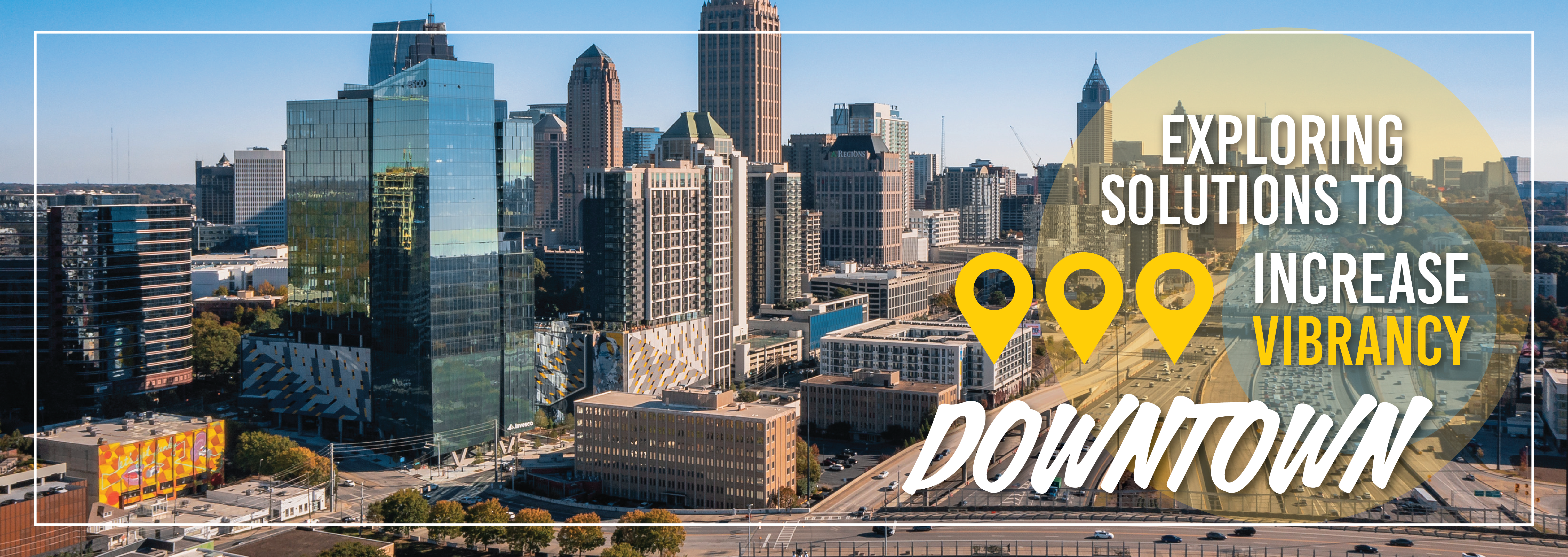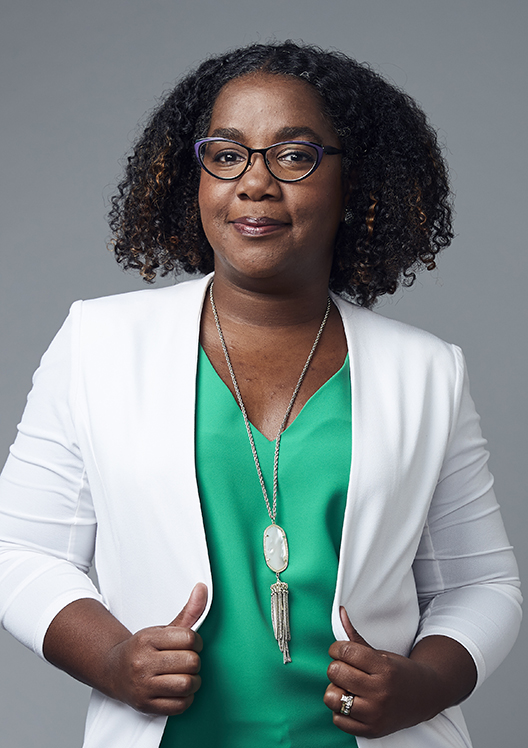Across the United States, urban downtowns have suffered from the pandemic and subsequent rise of hybrid work, which affected not just office buildings but also the nearby businesses supported by these workers. The future of our downtowns may require a mixed-use mentality, one that allows community members to meet their needs within a 15-minute radius.
Adaptive reuse is touted as the answer to declining downtown activity; however, changing the mix of uses can take decades. “Developers are struggling to ensure long-term relevancy for their buildings,” says Krista Dumkrieger, Principal. “But architects are in the unique position to partner with clients and help them figure out tactical ways to approach temporary solutions to activate the urban core.”
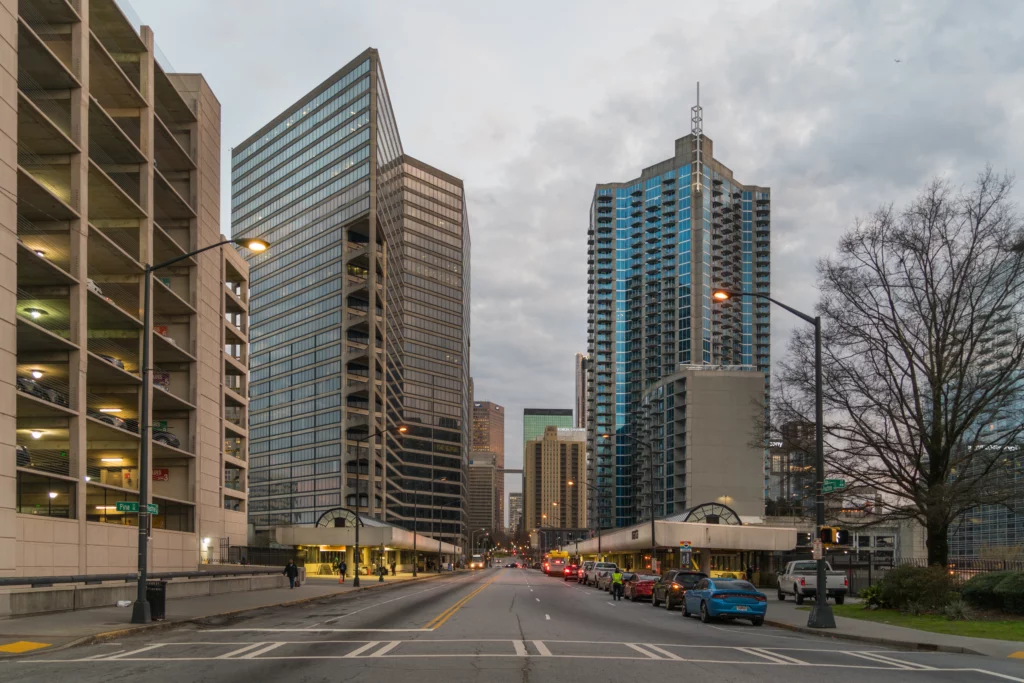
Changing the occupancy and activation of the urban core requires a change in the ground plane. “This is where 100% of people meet and experience a place,” says Colin Greene, Director of Design. “Just about all vibrancy occurs at the ground plane – that’s where the magic happens.”
Cooper Carry recommends three key ingredients for activating a space at the ground level: place, people, and flexibility. Below, experts from our Urban Design + Planning and Mixed-Use Studios give their advice for integrating these three elements to restore liveliness to empty buildings and plazas in the near term, as developers wait out the full return of office and downtown patrons.
Place
A place’s identity is what makes the neighborhood or community different from the next one. Places have names that resonate with visitors and residents, like Dupont Circle in Washington, DC or Buckhead in Atlanta, GA. Designers need to think through the branding and activation effort by asking question like, “How does the history affect the name of the space?” How accessible is the community to others?”
The key to successful placemaking is to avoid overdesigning a place or ignoring its past. Instead of going for a splashy design trend, landscape architecture and signage can illustrate to users that a space and its options have changed. These elements can also reflect an updated identity to the community.
Colin’s Tip – Calibrate vibrancy to the needs of the neighborhood or space. People are more sophisticated in demanding the best from shared spaces. They want more differentiation from place to place, reflecting the vibe of the community. As designers, we are also moving away from assuming that just adding restaurant and retail options will solve a lack of vibrancy. People yearn for choice – which should extend beyond new commercial opportunities into new public spaces to celebrate and raise awareness of the place’s heritage and culture. By understanding a place’s uniqueness, we can celebrate a particular place and community with options tailored to that specific area and need.
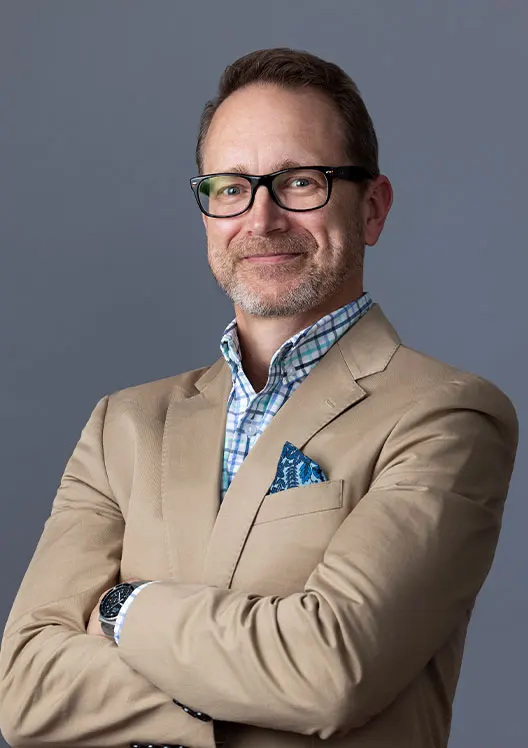
People
Communities are multi-faceted and include all who spend time in a space, not just those who live there. The more resources are added, the more vibrant communities can become. Throughout each design phase ask, “What is the goal of the design? Is it to bring people to the area on weekends, or add services that are missing to create a live, work, play environment?”
Cooper Carry leads visioning sessions to understand what is important to the current and future occupants of a space, like we did at Legacy Park. We coordinated with the City of Decatur, its citizens, property owners, neighbors, city departments, and other stakeholders to creatively master plan the 77-acre property for success. We hosted a number of workshops, charrettes, and civic dinners to engage a wider audience and make actionable recommendations for spaces that would expand underutilized resources and build community in the city.
Nicolia’s Tip – Don’t overlook the importance of safety and accessibility. Not only is this the first concern that comes up in meetings, but it is also something people will not compromise on in the design. When planning for walkability to help activate an area, there should be a threshold between the sidewalk and the street edge, keeping the focus on pedestrian safety and comfort through design with trees, on-street parking, and other design elements. Comfortable accommodations, like spaces for shade and rest, can also encourage visiting and lingering in an area.
Flexibility
A research-driven approach will determine the next steps in a project by illuminating unique facets of a place. Research illuminates if a problem is temporary due to a lack in the built environment, or long term because the populations have changed. Designers can help provide both an immediate reaction and a future-focused response to the problem. Community engagement asks questions to narrow down solutions, which can be further tested to see what works and what doesn’t work in an area.
Successful temporary solutions for adding vibrancy include community-oriented programming, like education or community centers, where ideas and experiences are exchanged. Pop-up shops and short-term leases create low barriers to entry for independent shops, and they allow developers to test out ideas. Options can be more than retail and include galleries or other open spaces that fit the environment. As our homes get smaller, especially in the urban environment, we cannot necessarily host people in our own home. Community spaces where people can book time for their own events can be a way to activate the area, without overhauling a building.
Krista’s Tip – Engage the senses to create people-centric spaces. When adding pop-up shops with local entrepreneurs, remember to add elements like sight, sound, and smell which enhance the appeal of attractions in the area. These include the buzz of music and people mingling in an open square, or the sound of children playing in a nearby park. Strategic lighting and murals can convey the vibe of a community, and these can change throughout the year to enhance the novelty of the space.
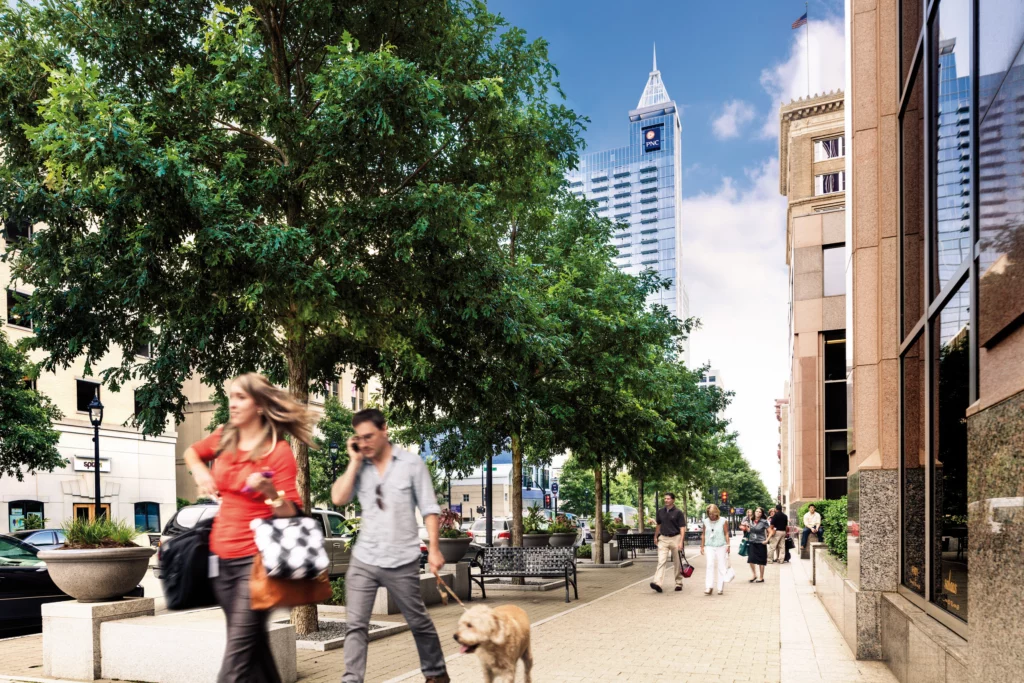
The success of any solution is based on whether it reflects the surroundings as well as the community, both now and in the future. Being strategic and adding a curated mix of programs is the ultimate way to restore vibrancy. Let Cooper Carry help you create downtown spaces that appeal to the community.
